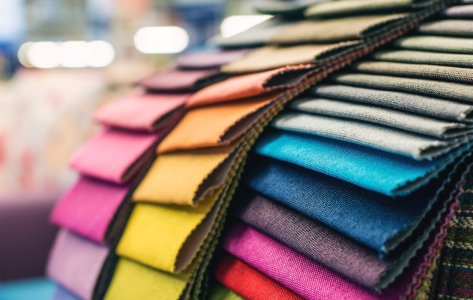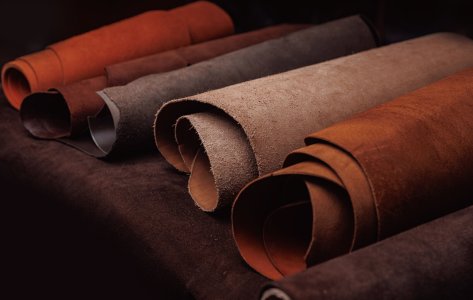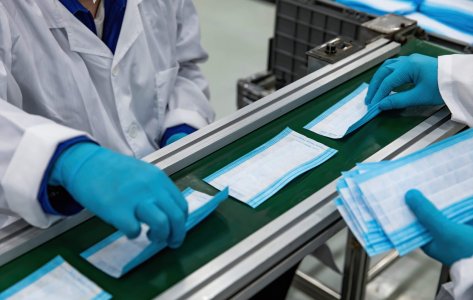- Swiss testing laboratory
ISO 20743: 2013

Hassle-free testing experience
Need to get a product tested? No worries! To and fro logistics are on us; we collect your products, test them and, deliver them back to you.
Related tests for you
Quick understanding about test
ISO 20743: 2013 Test Protocol – Determination of Antibacterial Activity of Textile Products
Applicable to all textile products including clothing, wadding, home furnishings and more. See all
- Staphylococcus aureus (ATCC 6538P)
- Klebsiella pneumoniae (ATCC 4352).
- The sample material is inoculated with a suspension of bacteria and incubated for a specific time duration.
- After incubation, samples are neutralized with a suitable neutralizing solution.
- Bacteria recovered in neutralizing solution are subjected to serial dilution, followed by plating and incubation.
- Helps manufacturers comply with international regulations
- Provides reproducible data on products claims and efficacy
Do you have a product that needs testing?
Abstract
Products that can be tested
ISO 20743 test method applies to all textile products regardless of the type of antibacterial agents. It includes –
- Clothes
- Waddings
- Threads
- Bedclothes
- Home furnishings
- and miscellaneous goods.
Test organisms
- Pseudomonas aeruginosa (ATCC 15442)
- Escherichia coli (ATCC 8739)
- Staphylococcus aureus (ATCC 6538P)
- Enterococcus hirae (ATCC 10541)
- Klebsiella pneumoniae (ATCC 4352)
- MRSA (ATCC 33591)
- Salmonella enterica (ATCC 10708)
- Candida albicans (MTCC 3017)
Additional strains can be tested on request.
Test Method
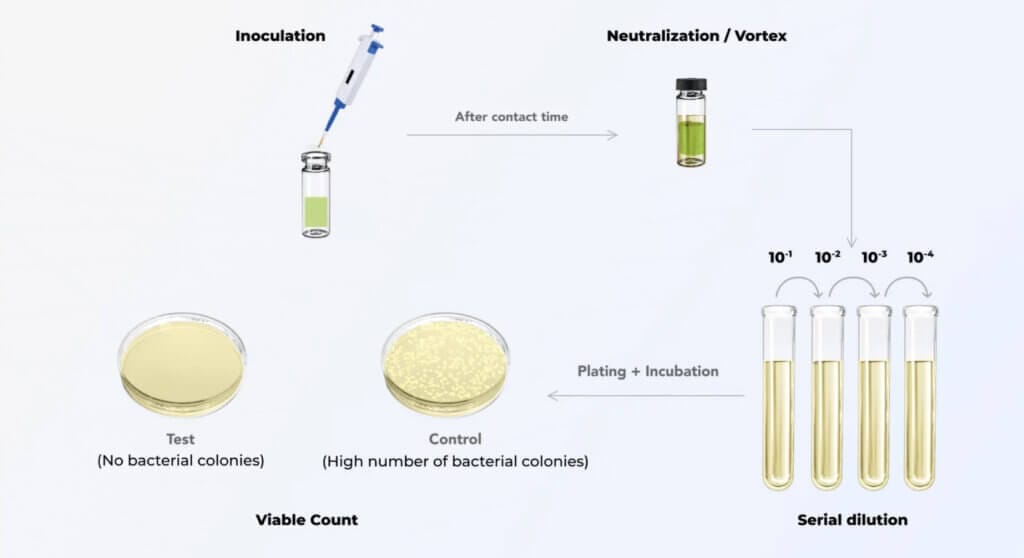
A. Test requirement
- Test Samples: 6 antibacterial-treated fabrics and 6 control (untreated) fabrics.
- Sterilization: All test samples must be sterilized to avoid contamination.
B. Preparation
1. Absorption method
2. Transfer method
3. Printing method
At MIS, our experts use the “absorption method” to determine the antibacterial activity of treated samples.
C. Incubation
1. Zero-minute titre determination
Both control and treated samples (3 each) are immediately washed with 20 ml of neutralizing media (Soya Casein Digest Lecithin Polysorbate Broth, SCDLP) after bacterial inoculation.
2. Extended incubation
3. Neutralization
4. Enumeration
- Test Samples: 6 antibacterial-treated fabrics and 6 control (untreated) fabrics.
- Sterilization: All test samples must be sterilized to avoid contamination.
Passing Criteria
The product can be considered to pass the test if it shows a 2-log reduction or more.
Strengths of the ISO 20743 Test Method
- It is a quantitative test that ensures consistent and reproducible results.
- The method tests for both bacteriostatic (growth-inhibiting) and bactericidal (bacteria-killing) properties of the antimicrobial-treated textile fabric.
- Uses standardized microbial concentrations and provides nutrient-rich conditions during incubation to rigorously challenge the antimicrobial efficacy.
- The test is conducted in triplicate, ensuring the results are reproducible.
How can MIS help?
Frequently Asked Questions

DR. Martinoz Scholtz
ISO 20743 is a ‘quantitative test’ used to determine the efficacy of antibacterial textile products in preventing the growth of harmful bacteria.
This test method applies to all textile products such as cloth, wadding, thread, bedclothes, home furnishings, and miscellaneous goods.
It takes 7-8 days to complete the test.
At Microbe Investigations Switzerland, we perform this test using the following bacteria: Pseudomonas aeruginosa (ATCC 15442), Escherichia coli (ATCC 8739), Staphylococcus aureus (ATCC 6538P), Enterococcus hirae (ATCC 10541), Klebsiella pneumoniae (ATCC 4352), MRSA (ATCC 33591), Salmonella enterica (ATCC 10708), Candida albicans (MTCC 3017). Additional strains can be tested on request.
The antibacterial activity is measured using the absorption method wherein the reduction of bacterial colonies on treated textiles is compared to that on untreated controls.
Testing frequency is not specified in the standard. However, regular testing is recommended to continue compliance and efficacy.
Textile products must show a significant decrease ( 2 log reduction or above) in bacterial load on the test fabric compared to the control fabric to pass this test.
Yes. This test can be used to compare the antibacterial efficacy of various treatments by assessing their antibacterial activity against a standard control.
The test report shall include details on the test procedure, bacterial reduction percentages, log reduction values, and overall antibacterial activity of the tested textile.
Yes. The results provide scientifically validated data that can substantiate antibacterial claims and help meet regulatory requirements for product efficacy and safety.
Certification enhances product credibility, aids in regulatory compliance, and provides a competitive market advantage.
Variations in test conditions, potential neutralizer effectiveness, and the specific bacterial strains used must be considered while interpreting results.
Meet the best of the blend of
R&D, Efficacy Testing,
Innovation and Passionate
Experts at MIS.

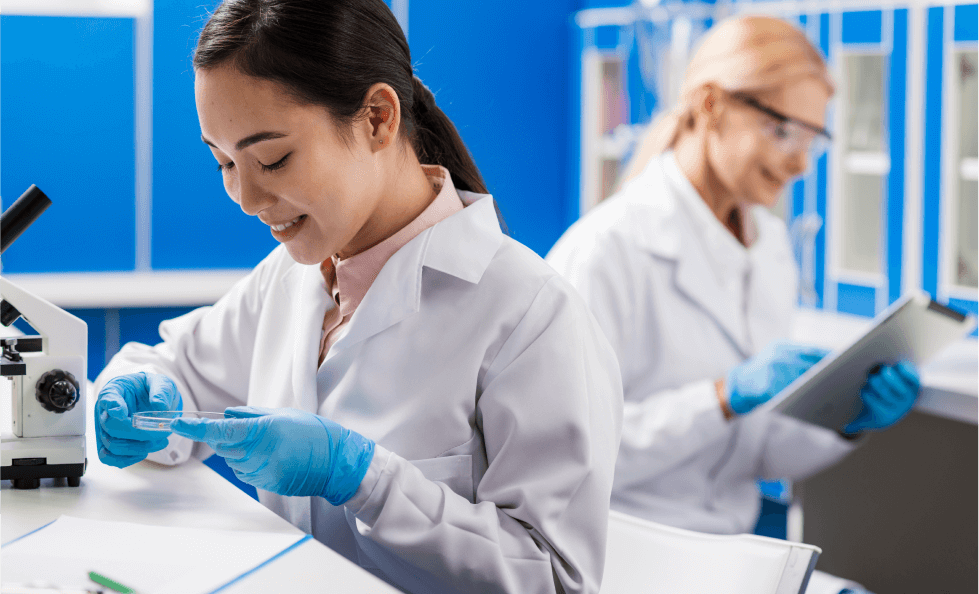



Explore More
Picture a fabric that goes
Antimicrobial textiles have recently gained
Leather has been used for
In the textile industry, one
Face masks are crucial for
